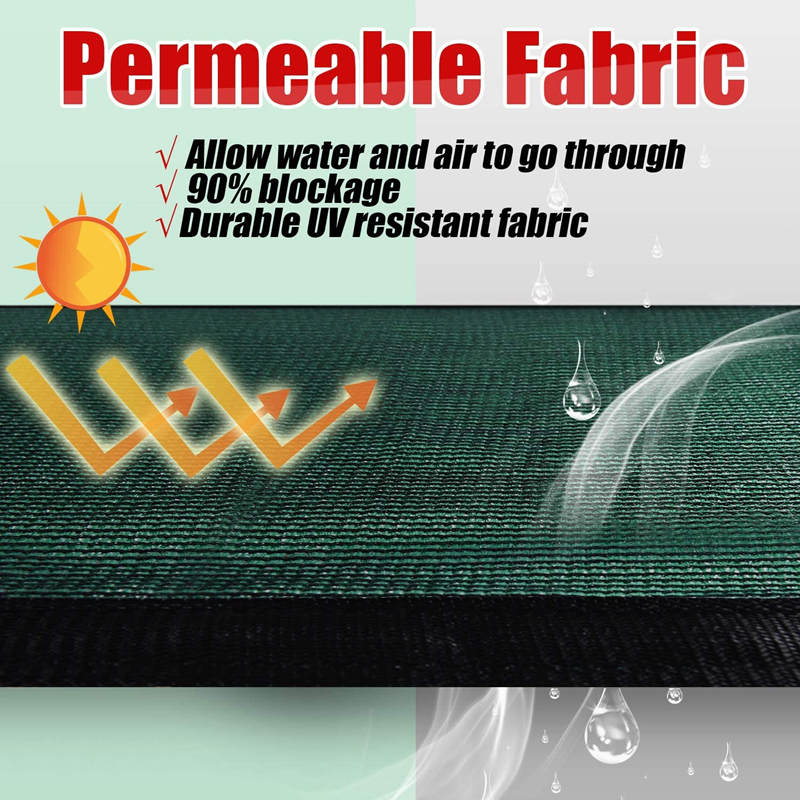What is UV Stabilizer in Plastic Products
What is UV Stabilizer in Plastic Products
Why are UV stabilizers and antioxidants added to many plastic products?
We all know that plastic is a high molecular polymer, which forms a high molecular chain in the form of carbon chains. In nature, this carbon-based material is affected by oxygen and light, especially UV light.
Ultraviolet light activates electrons in the molecule, prompting oxidation. This oxidation causes the compounds in the plastic to degrade and oxidize, making the plastic brittle, losing color, and more.
Why is UV light so powerful?
Ultraviolet light is a short-wavelength light, which is also called invisible light because it cannot be seen by the human eye. Ultraviolet and infrared are both types of invisible light. Ultraviolet light cannot be seen because its wavelength is too short, and infrared light cannot be seen because its wavelength is too long. Because the higher the frequency, the stronger the energy. The energy of ultraviolet rays is very large in light, and ultraviolet rays can be divided into three types: UVA (320-400nm), UVB (280-320nm), and UVC (200-280nm).
In nature, ultraviolet rays make up about 4.6% of the solar spectrum. When these ultraviolet rays pass through the atmosphere, UAC will be absorbed by the ozone layer first because the penetrating ability of ultraviolet rays is the weakest. And 98% of UVA can penetrate the ozone layer and reach the ground. The intensity of ultraviolet rays generally varies with the intensity of the light, but it will vary due to changes in altitude or cloud cover.
In order to prevent our plastic products from being damaged, we generally require that the strength of plastic products should retain at least 50% after reaching the specified service life. This indicator can ensure that the product can be used normally. At the same time, it is also affected by other conditions, such as atmospheric temperature and humidity, altitude, and lighting time.


UV degradation conditions of various plastic materials
Different types of plastic materials are sensitive to different wavelengths of UV light. This indicator dictates the UV stabilizer we add and the choice of colorant. Through our research, it was found that UVA is the main reason for the aging of these plastic materials.
Many synthetic polymers are damaged by UV rays, so this damage can be addressed by adding UV stabilizers. The effect of UV stabilizers is very effective and obvious in plastic materials used outdoors.
Plastic products that are continuously exposed to sunlight require the addition of sufficient UV stabilizers. UV stabilizers can absorb shorter wavelengths of ultraviolet light and convert them into longer wavelengths of infrared light. The damage of infrared rays to plastic materials is very limited and insignificant.
The role of antioxidants is to use the role of antioxidants themselves to prevent oxidation. Thus, the carbon chain of the plastic material itself is protected from being damaged. Antioxidants are generally depleted over time.

| Material | Activation spectra maxima |
| Nylon | 290-315 |
| Acrylic | 290-315 |
| Styrene Acrylonitrile | 290, 310-330 |
| Polycarbonate | 280-310 |
| Polystyrene | 310-325 |
| Polyethylene | 300-310, 340 |
| Polypropylene | 290-300, 330, 370 |
| ABS | 300-310, 370-385 |
| PVC homopolymer | 320 |
| PVC copolymer | 330, 370 |
| Polyurethane (aromatic) | 350-415 |
Conclusion
Through the use of UV stabilizers, a special protection can be added to plastic materials, so that plastic products have a longer service life.
Plastic products themselves have excellent physical and chemical properties, are soft, do not rust, are not corroded, and do not pollute the environment. Through further technological transformation, the application range of plastic products is becoming more and more extensive. This mature technology enables plastic products to reduce our planting and cultivation costs on a larger scale and help us produce crops more efficiently.
As a professional manufacturer of plastic products, we have many years of manufacturing experience and manufacturing technology, which can provide customers with higher quality products and gain more praise. Welcome your inquiry.

